Wire vs Etched vs Fiber Wire Reticles
Quick comparison table of key attributes
| Reticle type | Brightness | Durability | Complexity of patterns | Low-light performance |
|---|---|---|---|---|
| Wire reticle | Low | Medium | Simple only | Excellent |
| Etched reticle | Low | High | Highly complex | Fair (Glass quality plays a major role) |
| Fiber Wire reticle | Very high | Medium | Simple to moderate | Excellent |
What is a wire reticle?
A wire reticle is formed from thin metal strands stretched inside the scope tube to create classic crosshairs. It’s inexpensive and minimally obstructive to the sight picture, but the wires are more vulnerable to shock, recoil, and rough handling. Wire reticles work well for basic aiming needs and for shooters who prioritize a clean, unobstructed view.
What is an etched reticle?
An etched reticle is chemically or mechanically engraved onto the glass lens inside the optic. This method produces a permanent, shock-resistant reticle capable of intricate patterns (holdover marks, grid or “Christmas tree” ballistic lines) and very fine lines for precision shooting. Etched reticles deliver durability and versatility but typically raise manufacturing cost and add complexity in the assembly process.
What is a fiber wire reticle?
A fiber-wire reticle found in Atibal's line of Ignite Optics blends a classic wire crosshair with a thin fiber-optic light pipe to create a bright, easy-to-see aiming point. The fiber concentrates ambient light into the center of the reticle, making it highly visible in bright daylight and still useful in low-light conditions. Because it combines passive illumination with a simple wire geometry, the design works well with or without added light and gives fast, point-and-shoot target acquisition—much like a red-dot—while preserving a clear sight picture. Ideal for short-to-medium ranges, fiber-wire reticles are popular for hunting and dynamic shooting where speed and visibility matter.
Pros and cons summary
Wire reticle
- Pros: Low cost; minimal obstruction to sight picture.
- Cons: Less shock resistant; limited to simple patterns.
Etched reticle
- Pros: Highly durable; supports complex, precise reticle designs; very thin lines possible.
- Cons: Higher cost; more involved manufacturing and assembly.
Fiber wire reticle
- Pros: Extremely bright, works in direct sunlight; rapid target acquisition.
- Cons: Slightly higher manufacturing cost than wire; limited to simpler reticle geometries; fiber and wire elements are less shock resistant.
Which should you choose
- Choose Atibal Ignite fiber-optic if you want the fastest, most visible center dot for dynamic shooting, close-to-mid ranges, and two-eyes-open engagement—especially in bright conditions.
- Choose etched when you need advanced range compensation, thin precise stadia, or use the optic for long-range precision work.
- Choose wire for a budget-friendly option with a clean sight picture where heavy recoil or extreme handling is not a primary concern.
Why Atibal Ignite fiber-wire illumination stands out
Atibal Ignite combines the instant visibility of fiber illumination with rugged scope design optimized for field use. The result is a bright, daylight-visible aiming point that helps you acquire targets faster, while keeping the sight picture clear and minimally obstructed. If fast target acquisition and daylight performance matter to you, a fiber-wire illuminated Ignite optic is a strong choice.
